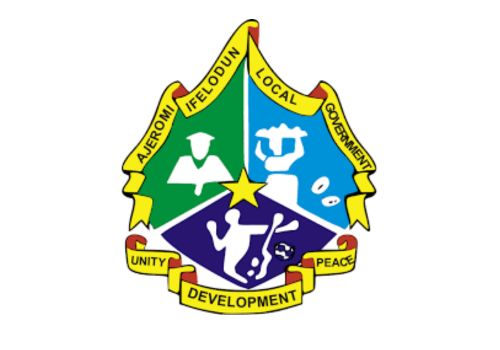HISTORY OF AJEROMI IFELODUN LGA

The Ajeromi-Ifelodun Local Government Area was officially created in 1996. Historically, it was one of the three district councils under the Badagry Division, following the 1968 Administrative Division (Establishment) Edict, which divided Lagos State into five administrative divisions , Lagos, Badagry, Epe, Ikorodu, and Ikeja. Within the Badagry Division were three main districts: Egun-Awori, Ajeromi-Ifelodun, and Awori.
The Local Government Reforms of 1976 introduced a significant political and administrative restructuring across the state. Under this reform, the three district councils in Badagry Division , Egun-Awori, Ajeromi-Ifelodun, and Awori were merged to form a single administrative entity known as Badagry Local Government, with Badagry as its headquarters. The boundaries extended from Apapa in Lagos to the Seme Border in the west.
With the return of civil administration in October 1979, the then Governor of Lagos State, Alhaji Lateef Jakande, expanded the number of local governments in the state to 23, to bring governance closer to the people. Consequently, Badagry Local Government was split into Ojo (formerly Awori District), Ajeromi-Ifelodun, and Badagry Local Governments. However, this structure was short-lived due to the military coup of December 1983, which brought the Buhari/Idiagbon regime to power. One of their first actions was to nullify all local governments created between October 1979 and December 1983, reverting Lagos State to the eight local governments established under the 1976 reforms.
Recognizing the inefficiencies of the existing system, Major-General Tunde Idiagbon, then Chief of Staff, Supreme Headquarters, established a 20-member committee led by Alhaji Dasuki to review the structure, functions, and finances of local governments. The Dasuki Committee concluded that local government problems were more operational than structural. It recommended that new local governments should only be created every 10 years, based on specific criteria:
1. A minimum population of 100,000–150,000 people.
2. A minimum tax-paying population of 20,000.
3. Geographical alignment and administrative convenience.
4. Cultural and traditional identity of the area.
5. Financial viability, with the capacity to generate at least 50% of its annual recurrent expenditure internally
6. Community interest and association in governance.
Although the Dasuki Committee’s recommendations were not immediately implemented, Lagos State eventually acted on them in 1989 and 1996. In 1989, Ojo Local Government was carved out of Badagry, and later in 1996, Ajeromi-Ifelodun and Amuwo Odofin Local Governments were both carved out of Ojo, bringing the total number of local governments in Lagos State to 20.
Despite Lagos being Nigeria’s most populous state as confirmed by the 1991 provisional census, which showed Lagos had a higher population than Kano even before Jigawa State was created — the state was limited to just 20 local governments. In contrast, Kano and Jigawa combined had 84 local government councils, giving them greater access to federal allocations despite smaller populations and fewer socioeconomic responsibilities.
In response to this disparity and the growing demand for more grassroots representation, Asiwaju Bola Ahmed Tinubu, then Governor of Lagos State, took decisive action in October 2003. He created 37 additional Local Council Development Areas (LCDAs) from the existing 20 local governments. Although this did not increase the state’s statutory allocation, the move significantly decentralized governance, improved service delivery, and brought government closer to the people, marking a major milestone in Lagos State’s administrative evolution.
